Plant Gardenias: [Care, Planting, Irrigation, Substrate]
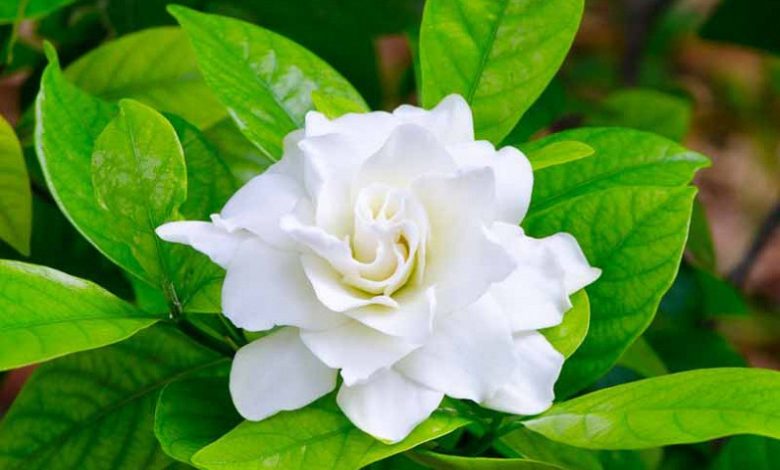
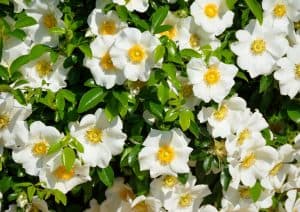 The Gardenia or Gardenia jasminoides is a beautiful indoor plant that brightens up our home with its abundant flowering of wonderful colors and spectacular jasmine aroma.
The Gardenia or Gardenia jasminoides is a beautiful indoor plant that brightens up our home with its abundant flowering of wonderful colors and spectacular jasmine aroma.
It comes from southern China, but its popularity has spread throughout the globe.
It belongs to the Rubiaceae family and about 100 different species of very fragrant flowers with good aromas have been identified.
Worldwide, they are known as a symbol of forgiveness, peace and spirituality, since they are considered to be carriers of positive energy, since they invade spaces with a delicate aroma that we can hardly reject. They have been used as plants in feng shui.
Characteristics of the gardenia
It will never stop blooming if it receives the necessary care, with proper pruning, watering and transplanting.
It is a shrub with intense green perennial lanceolate leaves and its flowers reach up to 10 centimeters and up to twelve creamy white petals, but in a pot its size can reach up to a meter and a half.
Keeping them requires knowing certain keys, because they are somewhat delicate and need conditions and preferential treatment so that they are always healthy.
- Common name: Gardenia orCape Jasmine
- Botanical Name: The most popular cultivated species is Gardenia jasminoides (also called Gardenia augusta or Gardenia grandiflora).
- Flowering period:Usually from May to June, with some varieties flowering untilautumn.
- Height/spread: Gardenias are available as shrubs, trees, and dwarfs, many of which are suitable for container planting. They typically grow to a height of 90 to 250 cm with an even distribution, depending on where they are grown.
- Flower Characteristics: The color is typically white, with single, semi-double or double flowers.
- Foliage: Glossy, dark green leaves, 61 to 120 cm long. Even when gardenias are not in flower, the brilliant emerald green foliage, which is almost as beautiful as the flowers, will be pretty year-round.
Temperature: Where to plant gardenias?
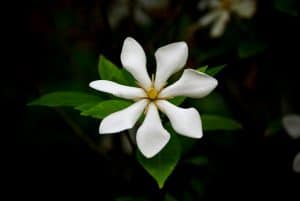 The ideal environmental temperature should not exceed 30°C, nor can it be less than 15°C at night.
The ideal environmental temperature should not exceed 30°C, nor can it be less than 15°C at night.
It is one of the plants with the best adaptation in interior spaces, but it should never be near sources or places of continuous heat, because they will quickly dehydrate. And in external spaces the climate that it will support must be cool.
Place it in a lighted room or room, where the temperature is around 10 to 15°C.
In winter, it must also be protected from blizzards and frost. Does not tolerate extreme temperatures.
Luz: What needs does the gardenia have?
Direct sun is also not good for it. Good light places do very well, but not direct sunlight, because it will quickly exhaust itself to death.
It is also key to know that in full growth the sun cannot bathe them directly.
Substrate and Fertilizer: How do we prepare the land?
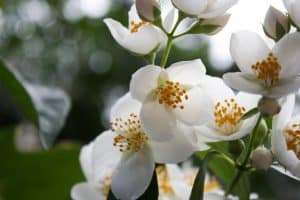 The abundant flowering of gardenias is one of its main characteristics, so if you want to stimulate it to make it look even more spectacular, use a good special fertilizer recommended by a store you trust.
The abundant flowering of gardenias is one of its main characteristics, so if you want to stimulate it to make it look even more spectacular, use a good special fertilizer recommended by a store you trust.
The fertilizer must be special for flowering plants.
This is essential so that they are always well fed. And do it only shortly before spring begins, so that the minerals present in the fertilizer help in the flowering and growth season.
They should be mixed with the irrigation water every three weeks from early spring through fall.
The most suitable substrate is an acidic one that allows the passage of water constantly, since the soil must always be moist, not flooded. If it remains soaked, it will be attacked by very resistant fungi that are difficult to combat.
But being an acidophilic plant, it needs to live in soils with a more acidic pH than normal, close to a value of 5 and rich in organic matter.
Incorrect pH will cause yellowing leaves due to lack of iron. You can use iron sulfate.
An inadequate substrate or soil will affect its leaves, which will express their discomfort by turning yellowish. Avoid that by using substrates like chestnut, blonde peat or heather soil.
gardenia pruning
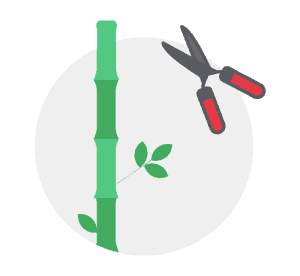 Another simple way to encourage flowering is with a pruning where all the flowers and withered leaves are removed.
Another simple way to encourage flowering is with a pruning where all the flowers and withered leaves are removed.
If you don’t, you won’t prosper. The correct time is shortly before the start of spring.
Watering: How and how often do we water gardenias?
A very important fact to keep gardenias always in the best condition is that they are very sensitive to calcareous water. The indicated thing is to water them with mineral or rain water, to guarantee that they will always preserve their freshness.
If the water in the area where you live is rich in lime, do not use it to water your gardenias. This will kill them. Replace it with bottled water and add a little vinegar to acidify it. It also serves lemon.
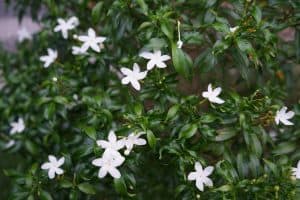 Likewise, it should be noted that gardenias need constant humidity, which can be achieved by placing a bed of clay in balls or gravel, in order to reproduce the natural humidity conditions in which they grow: tropical regions.
Likewise, it should be noted that gardenias need constant humidity, which can be achieved by placing a bed of clay in balls or gravel, in order to reproduce the natural humidity conditions in which they grow: tropical regions.
When the weather is very hot, frequent fine sprays on its leaves are very appreciated by this noble plant, which will give you its best flowers between spring and summer.
Watering should be constant, about every three days in summer and every ten days in winter, but without the plant drowning in water. It is best to wait for the soil where it grows to dry out between each watering.
And whenever you can, feel the humidity of the earth by touching it with your fingers.
In autumn and winter, as with most plants, watering will be much more spaced and reduced, and should only be applied when the substrate dries out completely.
But if you prefer something more practical and comfortable, buy a self-watering pot. They are excellent for plants as delicate as the gardenia. They bring a container that you will fill continuously and the plant itself will dose the absorption of water.
Pests and diseases of gardenias
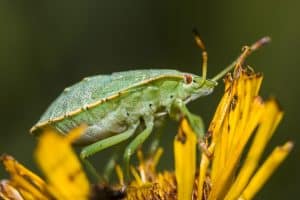 You should be on the lookout for gardenia pests like aphids, mealybugs, whiteflies, root nematodes, and stink bugs.
You should be on the lookout for gardenia pests like aphids, mealybugs, whiteflies, root nematodes, and stink bugs.
Aphids are the most common and can be treated with a solution of one part liquid soap and one part water. Spray both the top and bottom of the leaves.
This same soapy solution will often treat mealybugs and scale as well.
If you suspect your gardenias have spider mites, you can confirm this by waving the leaves on a piece of white paper. Fold the paper in half and check for red spots.
Treat spider mites with neem oil (Note: This will also work on the pests listed above).
gardenia care
Gardenias only grow outdoors in USDA zones 8 through 11, in the South and on the Pacific coast.
If you live in cooler climates, you can move your gardenia houseplant outside during the spring and summer after the temperature stays above 15 degrees Celsius.
But try to bring her indoors any night the temperature drops below that minimum and as soon as fall begins.
When planted in the garden, gardenias prefer rich, acidic soil that drains well.
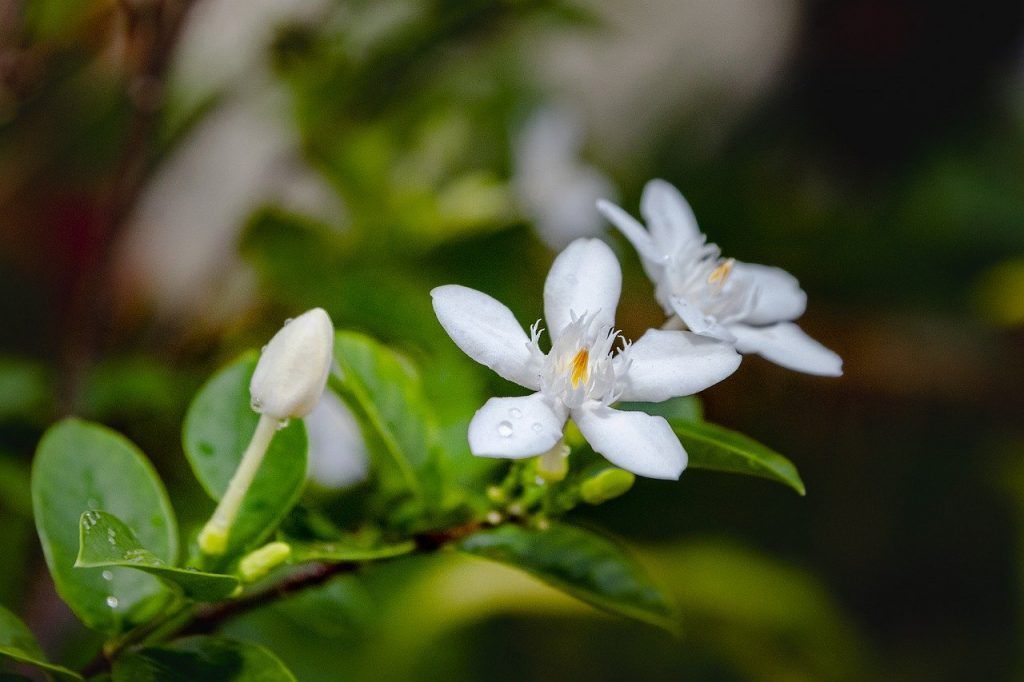
It is convenient to amend the plantation area with abundant organic matter. Place gardenias in light to medium shade, in a location where they will not have competition from tree roots.
The soil should be covered regularly with a thick layer of mulch to control weeds, as these plants are of no interest to the crop.
A well-cared-for gardenia will be compact, with deep green leaves, and will bloom from early spring through summer, depending on location, when night temperatures are above 15°C and daytime temperatures are between 23-26°C.
Growing them indoors means you’ll need to keep them in a relatively warm room during the day.
reproduce the gardenias
The best way to propagate gardenias is by rooting cuttings.
- In early spring, make a cut 3 to 4 inches from the tip of the stem, just below a leaf node.
- Dip the cut end of the stem in rooting hormone, then plant it in a mix of potting soil and perlite.
- Keep moist until good roots form, then transplant into 3-inch pots to keep growing.
- Gardenias can be propagated by seed, but it is a long process that can take two to three years to produce flowering plants. The seeds collected from the dried pods must be cleaned and then dried for three to four weeks.
- Plant the seeds in a mixture of perlite and peat moss, covering them with a very little soil.
- Keep the seeds moist and out of sunlight until they sprout, four to six weeks. When the seedlings are several inches tall, transplant them into pots filled with peat soil and continue growing them in a bright spot indoors.
gardenia varieties
This plant has been widely planted, so there are many varieties that can be planted.
In warmer climates, where gardenia is grown outdoors, many plants are grafted onto a Gardenia thunbergia rootstock.
Grafted plants tend to be more vigorous, with larger and better flowers, but are still less cold tolerant than the species.
These are some of the recommended gardenia varieties to plant in your garden:
- Gardenia jasminoides ‘Aimee’ is a large shrub (up to 1.80 m) with huge white flowers of 10 to 15 cm.
- Gardenia jasminoides ‘Fortuniana’ is another large shrub, known to be one of the biggest bloomers. It produces 10-centimeter flowers from mid-spring to mid-summer.
- Gardenia jasminoides ‘Buttons’ is a dwarf variety, growing 60 to 80 centimeters tall with 5 centimeter flowers.
- Gardenia jasminoides ‘Crown Jewel’ is another small variety, growing up to 90cm with 7cm flowers. It is known to be hardy to northern zone 6.

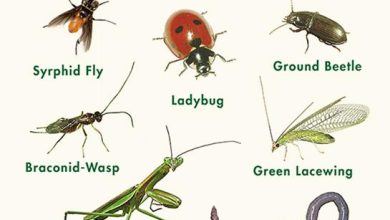
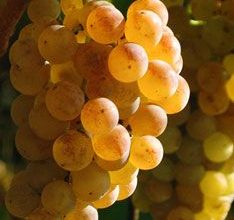
![Photo of How to Plant Lilies in Your Garden or Orchard: [Complete Guide]](https://www.complete-gardening.com/wp-content/uploads/2022/08/how-to-plant-lilies-in-your-garden-or-orchard-complete-guide-390x220.jpg)
![Photo of Tomato Tan or Tomato Dry Acariasis: [Concept, Detection, Effects and Treatment]](https://www.complete-gardening.com/wp-content/uploads/2022/08/tomato-tan-or-tomato-dry-acariasis-concept-detection-effects-and-treatment-390x220.jpg)